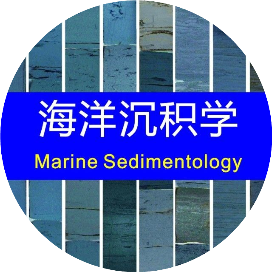最近NG发表论文,揭示了矿物吸附和分子转化的协同作用在海洋沉积有机碳长期保存中的关键作用,为理解过去和未来气候变化提供了新视角。
题目:
Preservation of organic carbon in marine sediments sustained by sorption and transformation processes
作者:
Peyman Babakhani, Andrew W. Dale, Clare Woulds, Oliver W. Moore, Ke-Qing Xiao, Lisa Curti & Caroline L. Peacock
期刊:
Nature Geoscience
摘要:
海洋沉积物中有机碳保存的控制机制仍存在争议,但对理解过去和未来的气候动态至关重要。在本研究中,作者开发了一个概念-数学模型,用于确定有机碳保存的关键过程。该模型考虑了有机碳分解的主要过程,包括溶解有机碳的水解、混合、再矿化、矿物吸附和分子转化。这使得可以将“埋藏效率”重新定义为“保存效率”,同时考虑颗粒态有机碳和矿物相有机碳。研究表明,保存效率几乎是传统埋藏效率的三倍,并与全球实地数据的预测结果相符。动力学吸附和转化是有机碳保存的主要控制因素。该研究得出结论,动力学吸附与分子转化(地聚合作用)的协同效应形成了一种矿物运输机制,使得矿物相有机碳在表层沉积物中免受再矿化,并在更深层释放。研究结果解释了为何转化的有机碳可以在较长时间尺度上保存,并且随着深度的增加而增加。
Abstract:
Controls on organic carbon preservation in marine sediments remain controversial but crucial for understanding past and future climate dynamics. Here we develop a conceptual-mathematical model to determine the key processes for the preservation of organic carbon. The model considers the major processes involved in the breakdown of organic carbon, including dissolved organic carbon hydrolysis, mixing, remineralization, mineral sorption, and molecular transformation. This allows redefining burial efficiency as preservation efficiency, which considers both particulate organic carbon and mineral-phase organic carbon. We show that preservation efficiency is almost three times higher than the conventionally defined burial efficiency and reconciles predictions with global field data. Kinetic sorption and transformation are the dominant controls on organic carbon preservation. We conclude that a synergistic effect between kinetic sorption and molecular transformation (geopolymerization) creates a mineral shuttle in which mineral-phase organic carbon is protected from remineralization in the surface sediment and released at depth. The results explain why transformed organic carbon persists over long timescales and increases with depth.

















